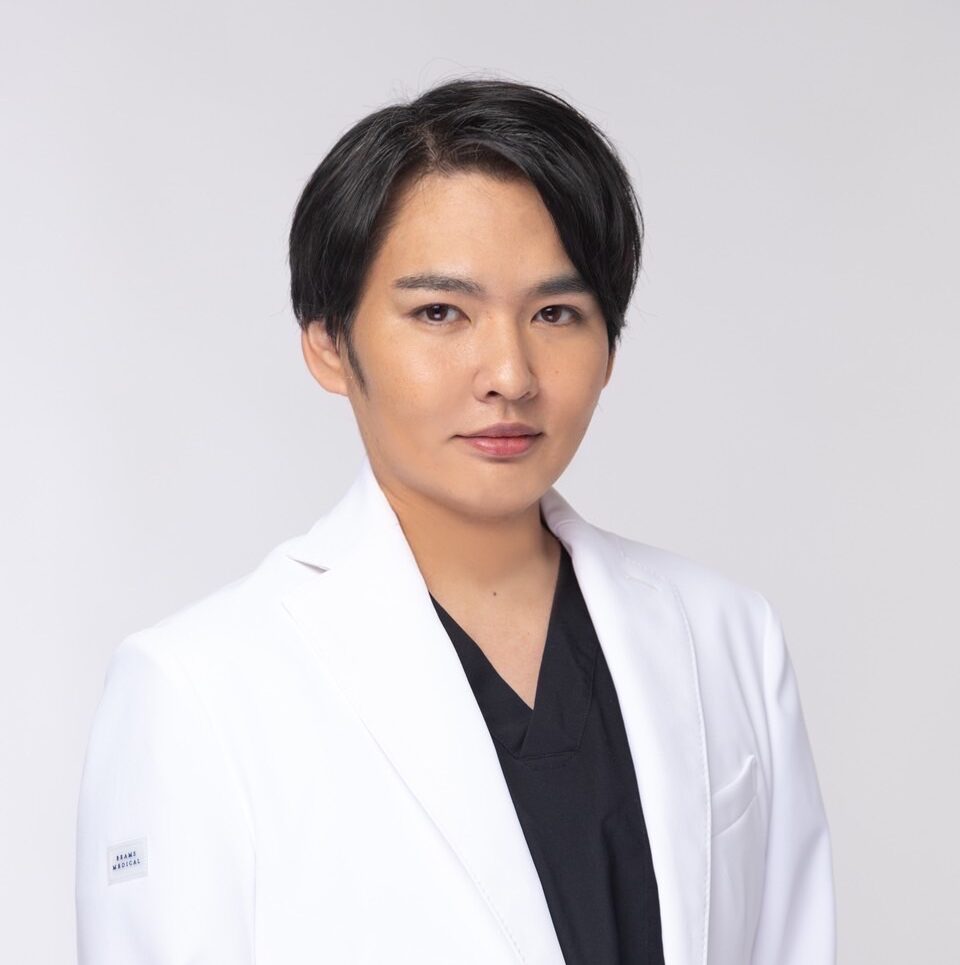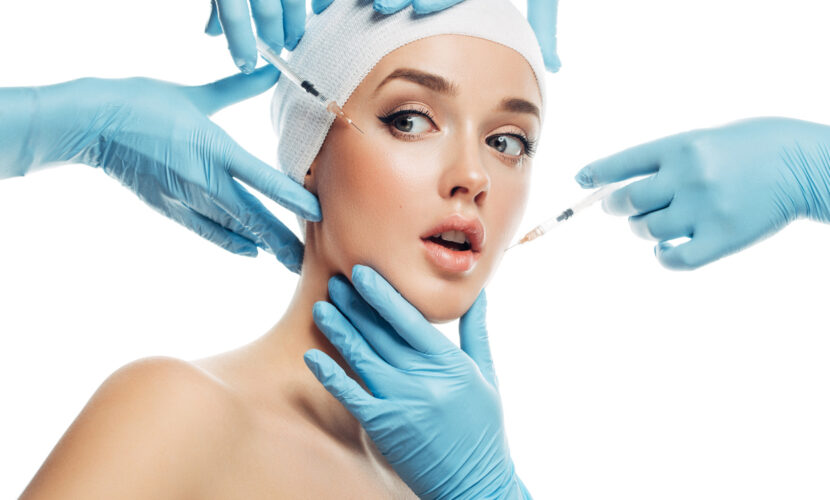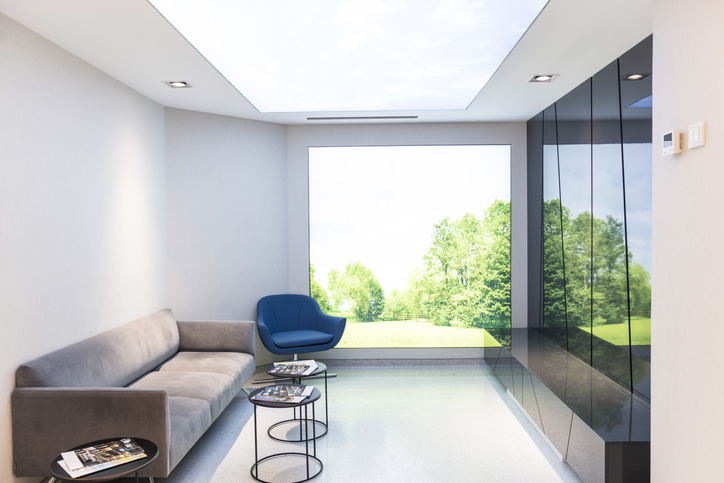Botox treatments are widely used for their effectiveness in reducing wrinkles and facial muscle movement. However, many people are concerned about the changes that may occur if they discontinue Botox treatment after having continued it for any reason. Here we will discuss the skin changes and their effects after stopping Botox.

Graduated from the Faculty of Medicine, National Kumamoto University. After serving as the director of major beauty clinics in Japan, etc., he opened Aladdin Aesthetic Clinic in 2023. He is a professional in aesthetic medicine with a doctorate in anti-aging research and many years of experience. With the motto of "Toward the realization of cosmetic medicine without lies," he aims to be the "Only One" together with his patients.
What is Botox?

Botox (botulinum toxin) is a drug used to temporarily inhibit muscle movement. In the aesthetic field, it is particularly effective in treating facial expression lines and is widely used to reduce the appearance of wrinkles.
Botox works by blocking neurotransmitters and temporarily stopping muscle contraction. This smoothes out fine wrinkles and expression lines that appear on the skin and restores a youthful appearance. Effects usually begin to appear a few days after injection, and it usually takes one to two weeks for the full effect to appear.
Reasons to stop Botox treatment?
In many cases, continued Botox treatment is recommended, but the cost may seem burdensome. The cost of regular treatments may not be sustainable depending on an individual's financial situation, which may contribute to treatment discontinuation.
On the other hand, some individuals may experience side effects after Botox injections. Ranging from mild to, in rare cases, serious health problems, these side effects may force discontinuation of treatment. Concerns about the effects of long-term use are another reason to reconsider treatment.
Of course, some people make the decision to embrace lifestyle changes and the natural aging process. Others may no longer feel the need for Botox treatments due to changes in their own values about their appearance.
What happens when you stop Botox? What happens to your skin afterwards?

As the effects of Botox injections dissipate, the most noticeable change is the return of the original expression wrinkles. Botox utilizes botulinum toxin to temporarily inhibit muscle movement, thereby preventing the formation of expression-related wrinkles. Once treatment is complete, neurotransmission at the injection site is re-activated and the muscles regain their original motion. This causes wrinkles to re-form in the previously relaxed skin. This change usually begins to be seen 3-6 months after the Botox injection, and the time it takes for the wrinkles to completely return to their original state varies widely from person to person.
From a long-term perspective, long-term use of Botox may result in a temporary decrease in the skin's resistance to the natural aging process because the skin is protected from external factors during that time. This is because the long-term suppression of muscle activity affects the skin's natural turnover and repair processes. However, Botox does not directly impair skin quality. In fact, Botox has a protective effect on the skin by reducing wrinkle formation, and consequently plays a prophylactic role against skin texture and sagging. This allows the skin to appear smoother and tighter during Botox use.
On the other hand, after the effects of Botox have worn off, especially if it has been used for an extended period of time, the skin will gradually return to its original state, but the process also increases the risk of loss of skin elasticity and the formation of new wrinkles. For this reason, skin care is extremely important after Botox treatment is discontinued. Strategies to maintain skin health through proper skin care, moisturizing, and regular dermatologist checkups are recommended.
What are some tips to keep my skin condition from worsening after I stop Botox?
Daily anti-aging care is essential to keep skin looking young even after Botox is stopped. When choosing a quality moisturizer for anti-aging skin care, we recommend products that contain ingredients that enhance the skin's ability to retain moisture, such as ceramide, hyaluronic acid, and glycerin. These ingredients penetrate deeply into the skin and help to lock in moisture for extended periods of time, and should be used as a routine anti-aging treatment rather than as a quick fix.
UV rays are also one of the most significant factors that accelerate skin aging. Choosing a type of sunscreen that provides broad-spectrum UVA and UVB protection with an SPF of 30 or higher and using it daily is fundamental to protecting skin health. It is important to reapply sunscreen every few hours, not just before going outside.
Skin care products containing retinoids and vitamin C are also effective in combating skin aging. Retinoids promote cell turnover, while vitamin C is an antioxidant, and together they improve skin elasticity and firmness by aiding collagen production. It is recommended to start with a small amount at the beginning of use and gradually increase the dosage as the skin responds.
Regular checkups are an effective way to address skin changes. The specialist can suggest an individualized skin care routine for your skin condition and may recommend medical-level treatments as needed.
Are there alternative treatments to Botox? What are the alternatives?

Although Botox treatments are very effective for wrinkles that originate from facial expressions, they do not address all cosmetic needs. For this reason, alternative treatments are worth considering to address a wide variety of skin concerns.
laser therapy
Laser therapy uses light energy to irradiate the superficial layers of the skin and exfoliate damaged skin. This causes the skin to stimulate the production of new cells, resulting in the regeneration of younger, healthier skin. Laser therapy is effective in improving a variety of skin problems, including hyperpigmentation, fine lines and wrinkles, and pore size.
chemical peeling
Chemical peels use specific chemicals to exfoliate the top layer of skin. This process can regenerate the skin and reduce fine wrinkles and dullness of the skin. Depending on the depth of the peel, the effectiveness of the treatment and recovery time will vary, but generally moderate to deep peels produce more dramatic results.
Micro needling (dermapen)
Micro needling uses microscopic needles to puncture tiny holes in the skin to promote the natural healing process and stimulate collagen and elastin production. This treatment helps reduce wrinkles, tighten skin, and improve scarring.
LED Phototherapy
LED light therapy provides anti-aging benefits by exposing the skin to light of different wavelengths. This treatment is effective in reducing skin inflammation, stimulating collagen production, and improving overall skin texture. This effect improves acne redness, improves wrinkles, and restores skin elasticity.
What is the difference between Botox and hyaluronic acid?
Botox and hyaluronic acid are the two mainstays of wrinkle treatment, but each has distinct areas of application. Botox is primarily effective for dynamic wrinkles (wrinkles formed by the movement of facial muscles).
Hyaluronic acid, on the other hand, specializes in increasing static wrinkles and facial volume and is suitable for filling in lines, dark circles around the eyes, cheeks and temples. Hyaluronic acid is a naturally occurring substance in the skin that plumps the skin by attracting and retaining moisture.
Because of their similarity and very different areas of application, they offer different approaches in wrinkle treatment. Botox is used to limit muscle movement and address wrinkles caused by facial expressions (e.g., furrows between the brows, laugh lines at the corners of the eyes, and bunny lines on the forehead). Hyaluronic acid, on the other hand, improves wrinkles formed by sagging skin (e.g., laugh lines and gorgon lines) by adding volume to the skin.
Because of the different mechanisms of action of these two treatments, hyaluronic acid is not a sufficient substitute for Botox, and each is applied to a different area, but combining both can provide a more comprehensive cosmetic result. This combination is expected to simultaneously achieve both wrinkle reduction and skin volume enhancement.
When to resume treatment after stopping Botox

The greatest benefit of resuming Botox treatment is the ability to regain a smooth, youthful appearance once again. Botox is particularly effective in reducing wrinkles related to facial expressions, and resuming treatment can also improve these areas.
However, caution should be exercised in resuming Botox after treatment has been temporarily stopped. In rare cases, tolerance to previous treatments may have developed, and higher doses may be required to achieve the same effect. There is also a risk of unnatural-looking or asymmetrical results if the frequency and dosage of treatments are not properly managed.
Before resuming treatment, a detailed consultation should be conducted first. At this time, past treatment history, current skin condition, and expected results should be discussed. Since treatment plans are customized to individual needs, appropriate injection doses, injection sites, and frequency should be determined and strategies developed to achieve the best results.
summary
Stopping Botox treatment is a big decision for many people. As mentioned in this article, the condition of the skin after cessation varies from person to person and requires appropriate care. It is important to seek professional advice when resuming. It is also worth considering other cosmetic or natural treatments. Ultimately, it is important to have the information and understanding to make the best choice for you.
At Aladdin Aesthetic Clinic, based on our many years of experience in cosmetic medicine and cosmetic dermatology and the knowledge of our doctoral degree, we provide counseling that aims to be "only one", offering the best treatment for each person we meet. We offer only the necessary treatments without any unnecessary information or suggestions.
Feel free to use our official LINE account for 24-hour counseling and reservations. Please feel free to contact us for free counseling for the first time or if you have any concerns.






